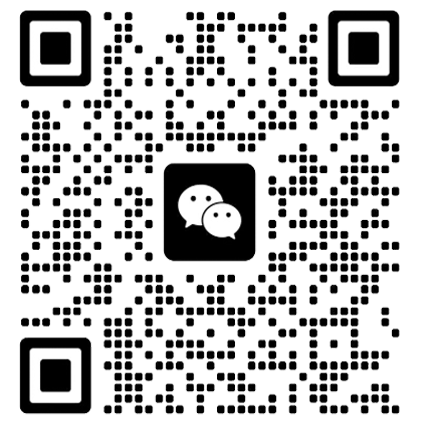In the market distribution of cellular connections, high-speed connections account for 10% of the market share, medium speed connections account for 30%, and low speed connections account for 60%. Cat. 1 can seamlessly connect to existing 4G networks without the need for software and hardware upgrades for base stations, resulting in low network coverage costs. In terms of latency, it has the same millisecond level transmission latency as LTE Cat. 4 and supports mobile speeds above 100KM/H. Therefore, Cat. 1 will take on a huge market with a rate of up to 30% in the cellular market. So the demand for Cat. 1 will be increasing, especially in applications such as sharing economy, financial payment, public network intercom, energy/industrial control, etc.
Who is Cat. 1?
The full name of Cat. 1 is LTE UE Category 1. As the name suggests, Cat. 1 is a standard for user terminal categories in 4G communication LTE networks. When the 3GPP organization formulated the LTE standard, Cat. 1-20 was used to measure the wireless performance of user terminal devices, which is to classify terminal rate levels. Among them, Cat. 1 has a peak uplink rate of 5Mbit/s and a peak downlink rate of 10Mbit/s, positioned as a category for the IoT application market.
In fact, in the early stages of LTE development, Cat. 1 did not receive high attention from the industry. The reason for the recent popularity is closely related to the withdrawal of 2G from the network. Industry insiders have stated that the withdrawal conditions for China's mobile communication 2G and 3G networks have gradually matured. Globally, due to the popularity of 4G and 5G networks, more than 100 operating companies have implemented 2G and 3G decommissioning.
In China, with the rapid advancement of 5G construction, the withdrawal of 2G and 3G from the stage is already a certainty. The question is who will fill the gap left after the exit of the 2G network. In recent years, NB IoT modules have indeed been widely used, playing an important role in static and active reporting scenarios such as intelligent water, electricity, and gas meters. However, 2G networks also involve many real-time and mobile applications that require certain bandwidth transmission capabilities, and even support voice communication capabilities, such as in vehicles, mobile payments, industrial interconnections, elderly machines, and so on. This is something that NB IoT with an up and down speed of only 100Kbps cannot meet. Therefore, Cat Stand out.
According to research, the global shipment volume of cellular IoT modules increased by 79% year-on-year in 2018, including new application scenarios such as shared bicycles, smart meters, and smart smoke alarms. In 2025, the number of cellular connections in the global Internet of Things will exceed 5 billion. In the domestic market, with the gradual transition from 2G and 3G to 4G, Cat. 1 may become the main communication standard for the cellular Internet of Things in the next 3-5 years, which also means that Cat. 1 will face a market of tens or even billions of dollars.
However, Cat. 1's large-scale commercial launch is complementary to NB IoT rather than a substitute. From the perspective of standard formulation, Cat. 1 tends to support real-time and mobility, requiring a certain bandwidth of transmission. NB IoT has a low cost and flexible deployment, supporting the demand of markets below 1Mbps. Between NB IoT and LTE Cat. 4, Cat. 1 has a huge market rather than a substitute relationship. In 2020, Cat. 1 will be widely used in scenarios such as new retail, sharing economy, financial payment, public network intercom, POS terminals, energy, and industrial control. In the next 3-5 years, Cat. 1 will develop into the main format of the cellular Internet of Things, with a market of tens or even billions of dollars behind it.
Xiamen ZoneWu has launched the LTE Cat. 1 industrial grade DTU ZW-DT101, supporting both LTE Cat. 1bis and GSM dual modes, replacing the old generation 2G products, helping customers gradually complete the iteration and update of the new generation products, and following the plan of subsequent operator migration and network transition.
ZW-DT101 industrial grade DTU:
● Support serial port configuration and upgrade;
● Support remote configuration;
● Support custom registration packages and custom heartbeat packages;
● Support network time service;
● Support GPS/BDS positioning and timing;
● Support standard MQTT protocol;
● Support TCP/UDP protocol;
● Support standard ModBus protocol;
● Support multi server data backup;
Supports 5 channels of I/O and can achieve 3 analog inputs and 2 digital inputs and outputs;
Contact: Qui
Phone: 18146178586
Tel: 18146178586
Email: qui@zonewu.com
Add: 1501-3, Building F03, Phase III, Software Park, Jimei District, Xiamen City, Fujian Province, China
We chat
